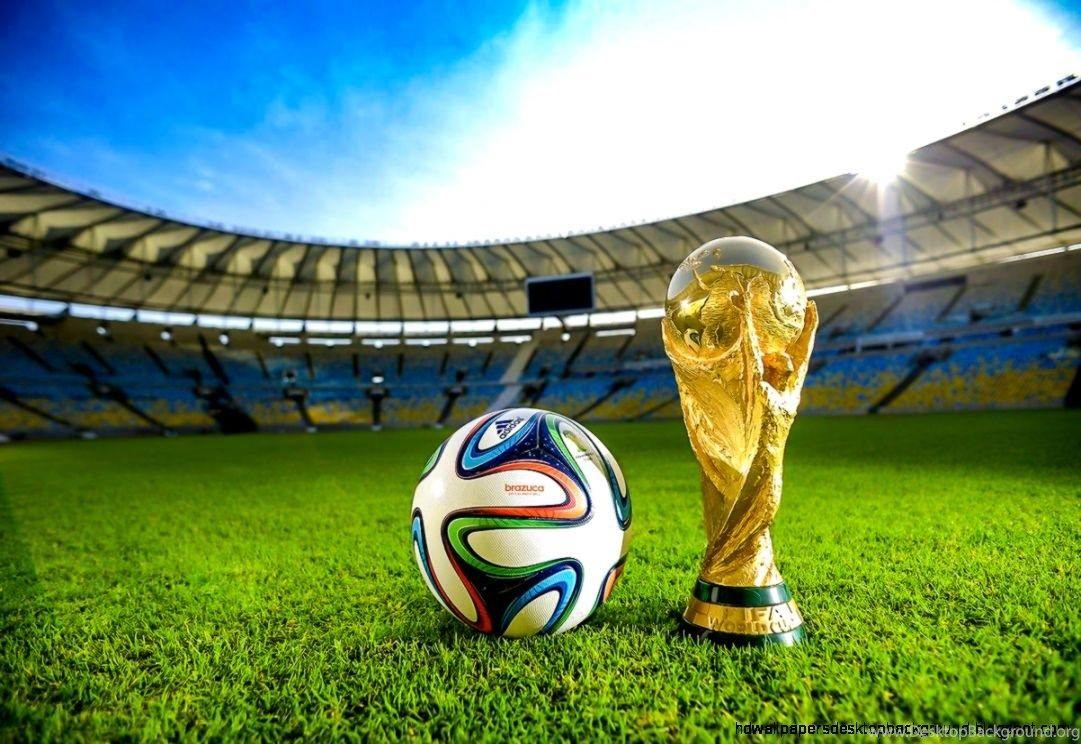Translation at the World Cup
November 09 , 2021Translation at the World Cup
by Target Language Translation Services
- November 09 2021

Football is one of the world’s top sports, the World Cup is undoubtedly one of the most popular sporting events around. It is enjoyed and celebrated on every corner of the Earth. Every 4 years, football fans from all races, backgrounds and walks of life gather to watch the games in person and root for their favorite teams. Millions more are following along at home. For the 2018 World Cup, 209 different nations entered the qualifying process, and 32 teams from all over the globe made their way to Russia to participate. That means players, coaches, staff and referees all speaking different languages (18 official languages!), living and working together during the entire event.
Meanwhile, the World Cup is by definition a multilingual event. The focus is on the players and the games, of course, but it wouldn’t be possible without the translators and interpreters working behind the scenes.
Some interesting facts and statistics about translation at the World Cup
Football-specific slang
Each country has their own football-specific slang. The most striking example of this, of course, is the United States. For some odd reason, they insist on calling football “soccer.” But there are also loads of other colorful phrases in other languages to describe various aspects of the sport.
For instance, according to the World in Words podcast, a chaotic moment in a football match can be described in the following ways:
Vrouwen en kinderen eerst: Dutch for “women and children first.”
Andar aos papéis: Portuguese for “walking on papers.”
Hawaii football: Norwegian for “Hawaii football.”
Four official languages
FIFA produces content in four official languages, French, English, German and Spanish. It also translates to and from other common languages like Russian (the language of this year’s host country) and Arabic. FIFA has an entire staff of interpreters and translators focusing on these languages to help with international communication day to day, and for translating approximately 3,000,000 words per language, per year. But for the World Cup itself, the languages multiply and FIFA adds some translation agencies and freelance interpreters contracted through their partners and agencies to take on this huge task.
So, what does it take to translate for FIFA? “FIFA’s translators have to be both good specialists and generalists. They also have to be able to juggle working on long projects — often with short deadlines — with reacting quickly to translate urgent media releases or provide ad hoc linguistic advice.” Deputy Head of Language Services at FIFA, Caitlin Stephens said.
It is a very involved event between the plethora of languages and the fast paced, short deadline environment.
Volunteer interpreters help meet the need
Volunteer interpreters also help meet the need for language services at the World Cup. As the FIFA volunteer page explains, “Language services is one of the most important volunteers’ functional areas as the interpreters are irreplaceable at these high profile events.” Volunteer interpreters must know relevant foreign language and have prior experience in interpreting and cross-cultural communication.
Time-saving resources
A good translation team is paramount, but that's only half the battle. According to Caitlin Stephens said that the other half of the equation is the creation of time-saving resources like translation memories and style guides.
For instance, according to Slator, FIFA uses “a custom-built translation management tool through which the department receives requests from colleagues across the organization and distributes them to the individual translators. “The tool also enables us to track jobs and extract statistics,” Caitlin Stephens said, adding that they also use translation memory software and maintain a terminology database."
Machine translation make translation needs more manageable
Although volunteer interpreters are available, there’s no way for them to meet everyone’s translation and interpretation needs all the time. So, machine translation fills in the gaps. Machine translation can (and should) be used to improve efficiency and for high-volume projects like cross-border eDiscovery and Google Translate. They certainly beat gesturing, or speaking English with an accent and expecting to be understood.
Pure MT translation is not enough
In spite of all of today’s advances in automated interpretation, in-person and remote interpreters are still the premiere option for reliable language services. The quality, precision and consistency of real interpreters cannot be matched, and with a global event of such magnitude, it is always best to use the most reliable methodology. While fans may rely on machine technology like Google Translate to get by, it just cannot be trusted for professional use. Without interpreters, the World Cup just wouldn’t translate.
This article is reprinted from K International, United Language Group and iugroup.
If there is a copyright, please inform us in time, we will delete it right the first time.